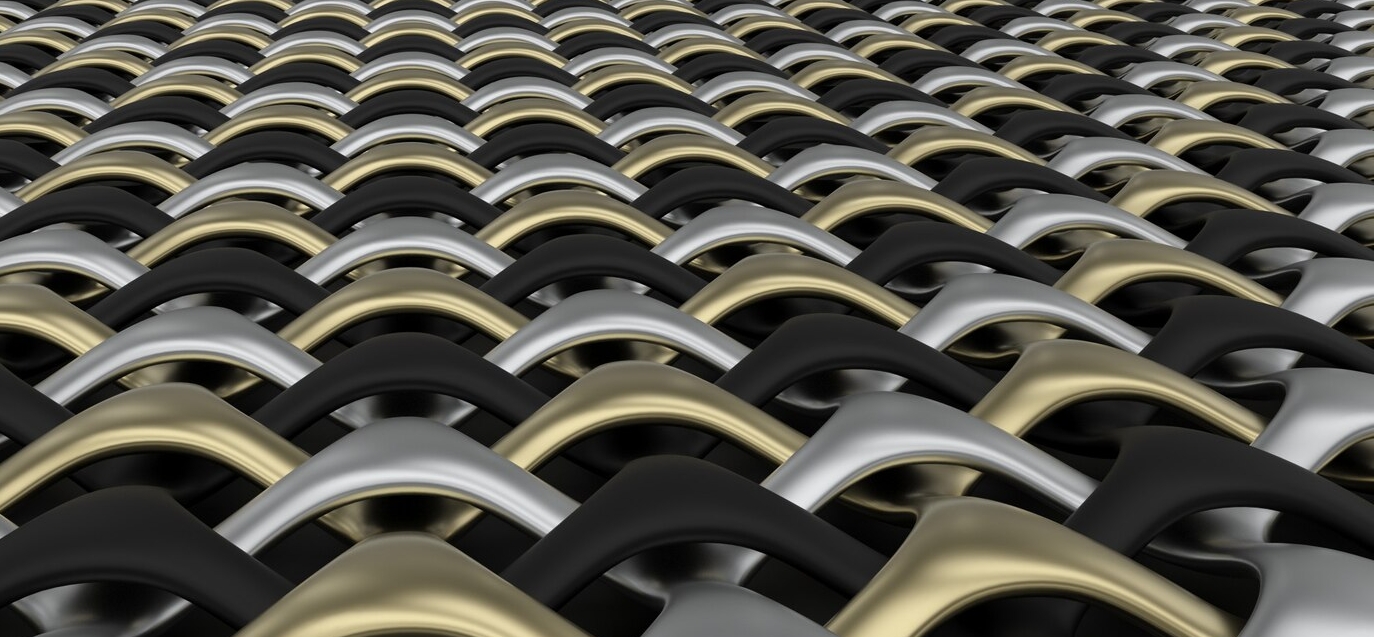The composition of metal materials is the main factor determining their properties. Understanding the composition and properties of metals enables better application of materials in products. Based on the trade-offs of the adaptability of various metal material detection methods to different materials, combined with Aohui's more than ten years of industry experience and technical accumulation, we will introduce a set of effective detection processes for judging and analyzing the composition of different metal materials. We hope this will be helpful in improving the efficiency of metal material quality detection.
Classification of Metal Materials
Metal materials refer to the general term for materials composed mainly of metallic elements and possessing metallic properties, including pure metals, alloys, metal intermetallic compounds, and special metal materials. They are widely used as structural and functional materials in the machinery manufacturing industry, construction industry, electronics industry, aerospace, nuclear energy utilization, and other fields.
Metal materials are mainly divided into two categories: raw metal materials and metal materials with coatings. Raw metal materials are further classified into ferrous metals and non-ferrous metals. According to their composition, they can be divided into pure metals, alloys, etc. They are widely used in various industries. Ferrous metals mainly include stainless steel, structural steel, carbon steel, alloy steel, cast iron, etc. Non-ferrous metals include copper alloys, aluminum alloys, tin alloys, magnesium alloys, nickel alloys, zinc alloys, etc. Metal materials with coatings generally refer to raw metal materials that are electroplated with one or more metals on their surfaces through surface treatment.

Principle of Metal Material Testing
Colored alloys are alloys formed by using a certain type of non-ferrous metal as the base (usually more than 50%), and adding one or several other elements. Non-ferrous metals generally refer to all metals except iron (sometimes manganese and chromium are also excluded) and iron-based alloys. Non-ferrous metals can be classified into heavy metals (such as copper, lead, zinc), light metals (such as aluminum, magnesium), precious metals (such as gold, silver, platinum), and rare metals (such as tungsten, molybdenum, germanium, lithium, lanthanum, uranium), etc.
(1) Analysis Principle
The method of studying the structure of substances and determining their chemical composition based on the characteristic emission spectra of atoms is called "atomic emission spectroscopy analysis". The ICP emission spectroscopy analysis process mainly consists of three steps: excitation, spectroscopy, and detection. 1. Using the plasma excitation source (ICP) to vaporize and vaporize the sample, dissociate or decompose it into atomic state. The atoms may further ionize into ion state, and the atoms and ions emit light in the source. 2. Using a spectroscopic instrument to decompose the light emitted by the source into spectra arranged by wavelength. 3. Using an optical component to detect the spectrum, qualitatively analyze the sample based on the obtained spectral wavelengths, and quantitatively analyze it based on the emission intensity. Due to the different atomic structures of various elements, under the excitation of the source, many groups of spectra arranged in a certain wavelength sequence can be generated, and their wavelengths are determined by the atomic properties of each element. By checking whether characteristic spectral lines appear on the spectrum plate, it is determined whether the element exists, which is called spectral qualitative analysis. In spectral analysis, the internal standard method is often used to eliminate the influence of changes in working conditions on the determination results, and the standard substance is detected to determine the content of each element in the sample.
(2) Analysis Principle of Direct Reading Spectrometer
The analysis principle of the direct reading spectrometer (OES) is that the high temperature of the arc (or spark) causes the elements in the sample to directly vaporize from the solid state and be excited, thereby emitting characteristic wavelengths of each element. After passing through a grating for spectral separation, they become a "spectral" arranged by wavelength. The characteristic spectral lines of these elements pass through the exit slit and are directed into their respective photomultiplier tubes (PMT) or CCD image sensors. The light signal is converted into an electrical signal. The control measurement system of the instrument converts the electrical signal and performs analog-to-digital conversion. Then, it is processed by the computer and printed out the percentage content of each element.
(3) Principle of Carbon-Sulfur Analysis
The principle of carbon-sulfur analysis is to introduce oxygen into the sample to be tested, which is mixed with a flux. Under the high temperature of the induction furnace, the sample melts. The carbon in the sample is converted into CO2, and the sulfur into SO2. The generated oxides are purified through dust removal and water removal purification devices and then loaded into the sulfur detection chamber for the determination of sulfur. CO2 and SO2 are polar molecules with permanent electric dipole moments, thus having structural features such as vibration and rotation. According to the energy levels of quantum mechanics, they can couple with the incident characteristic wavelength infrared radiation to generate absorption, and through the Lambert-Beer law, the concentrations of CO2 and SO2can be analyzed to obtain the percentage content of the element. The carbon-sulfur detection of black metal materials is an important detection item in the material quality detection of metal materials.
The classification and detection principles of metallic materials form the basis for understanding and applying these materials. With the continuous advancement of science and technology, we believe that in the future, more new types of metallic materials will be developed, providing stronger support for the development of human society.
-
2025-03-12
-
2025-03-12
-
2025-03-12
-
2025-03-12


